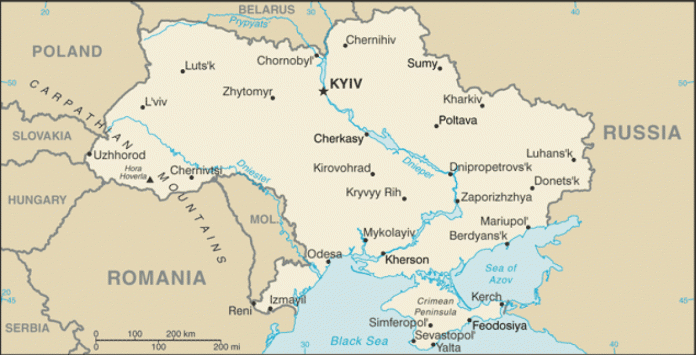The impossible is being seriously discussed, and it is generating volatility on the Chicago Board of Trade once again.
Last week, I sarcastically dealt with the Russian proposal to allow Ukraine to export grain. Prices fell on the idea that there may actually be some grain coming out of that country, which is normally a large supplier and has traditionally been called “the Breadbasket of Europe.”
Then, the Russians — to prove how committed they were to Ukrainian exports — shelled and destroyed another grain export elevator. In addition, Reuters reported that it would take six months to remove the mines that have been laid to prevent shipping from the port of Odessa, the only major port not now controlled by Russia.
But, listen to the news and you can hear reports of plans for third-party nations to escort ships into Black Sea ports. There is a problem with that. I can’t believe that any insurer will allow ships to proceed under those conditions, and if they did, the insurance cost would vastly affect the value of the grain.
Putin will resign or “get sick” as some of his predecessors have done before any grain moves out of Ukraine to anyone but Russia.
Back to reality
So, with a little reality back into the markets, July corn futures gained over 46 cents last week, and the December added over 30 cents. We have given back a little of that so far this week, losing four cents June 13, and the morning of June 14, we were down an additional three and a quarter cents.
We were trading at $7.66 June 14 after a high June 9 at $7.823⁄4. The U.S. Department of Agriculture came out June 10 with its supply and demand report which claimed that we would end the year with 50 million bushels less exported than expected. The market shrugged this news off, noting that we are well ahead of the needed export pace, with 97.6% of the USDA predicted exports and 13 weeks to go.
Some analysts are looking for the ending stocks for the year to continue to get tighter. Certainly, prices near $8 do not seem to support the idea of a free supply of corn.
Soybeans
Soybeans, meanwhile, made a new contract high. July futures hit $17.84, which is very near the all-time high of $17.943⁄4. It is significant that, except for planting delays that may ultimately limit some yield results, and except for significant prevented planting in the Northwest Corn Belt, we have the whole growing season ahead of us to worry about production.
Price spikes normally come in the middle of the growing season, on crop condition problems. Only occasionally do geo-political conflicts or “black swan” events bring highs.
We are now seeing soybean highs before the onset of summer stress. Remember, soybeans are not an export of Ukraine, and not an issue in the Ukrainian conflict, except in sympathy trading on some days.
In soybeans, traders have focused on the continued exports, as the export pace would suggest we will exceed the USDA estimates. This would tighten up our carryout number.
There is talk of discovering just what the so-called “pipeline supply” for soybeans is. We used to think that a billion bushels was the minimum, but we have been increasing the number of soybean crushers and processors as demand for soy products and demand for soy diesel has blossomed. Each plant has so much in the pipeline, and it adds to our minimum needs.
The temptation now is to sell corn and soybeans at these prices. In fact, the farmers have been cleaning bins, and corn and bean supplies will be tight this summer. Most advisory services have been advancing their new crop sales, but they are not being aggressive about sales with the whole summer ahead to make new highs.
Farmers will remember the current prices for a long time. It will either be a good memory, that they sold when the price was high. Or, it will be a memory that the prices were a temptation to be resisted if we have crop problems this summer.













